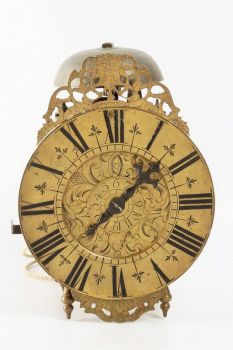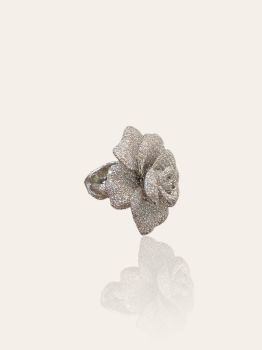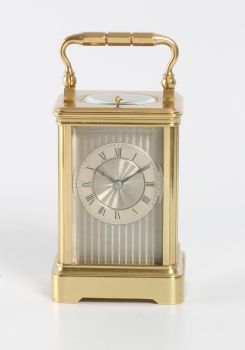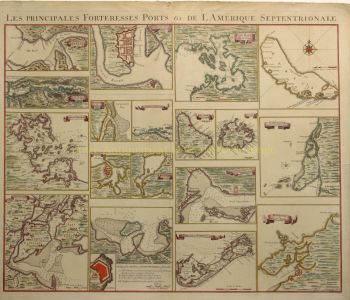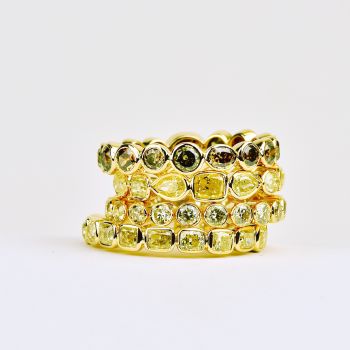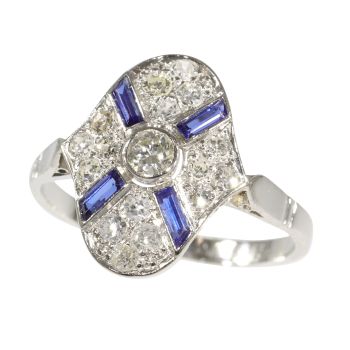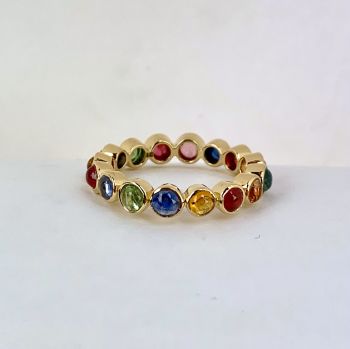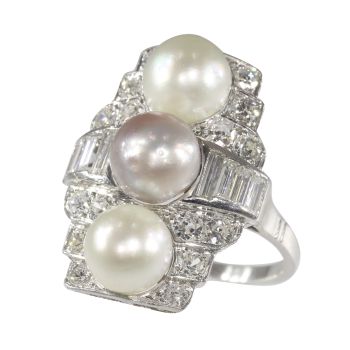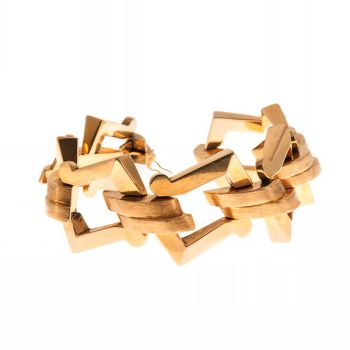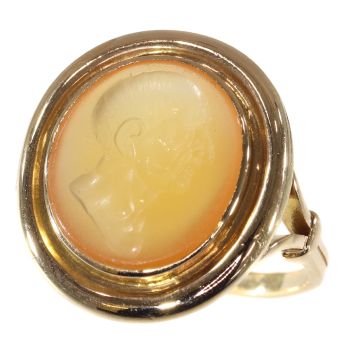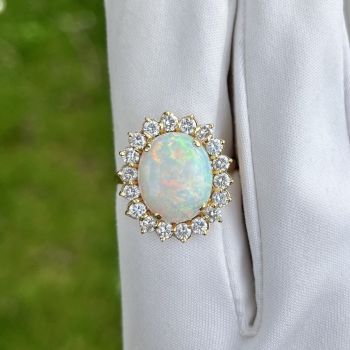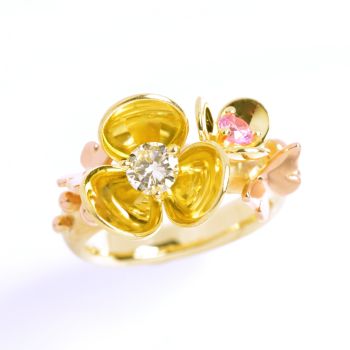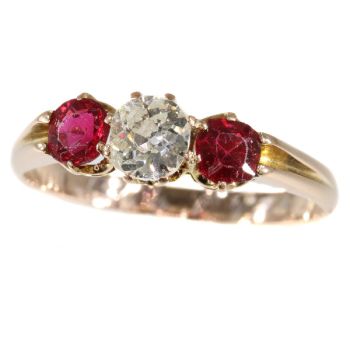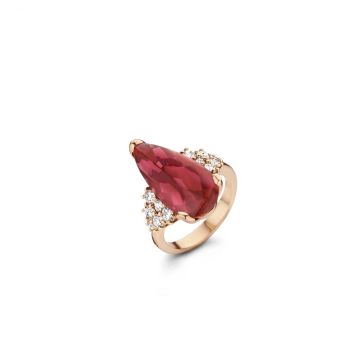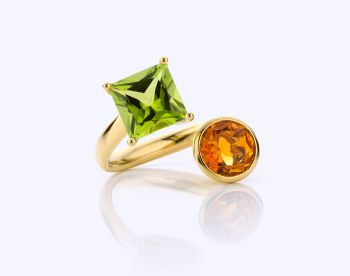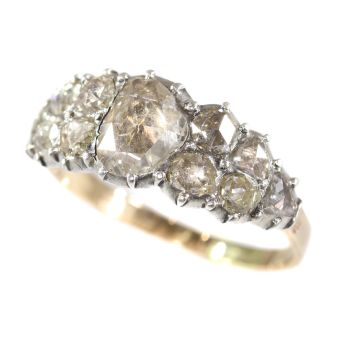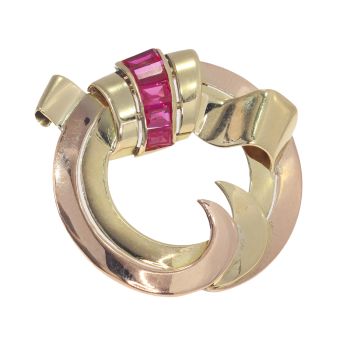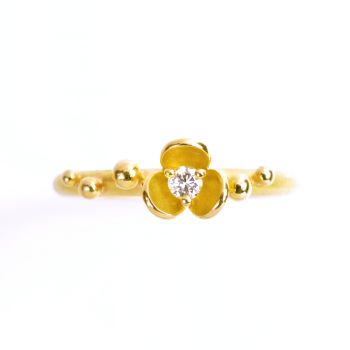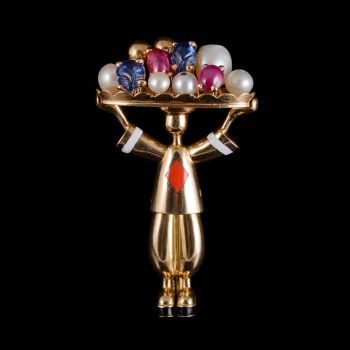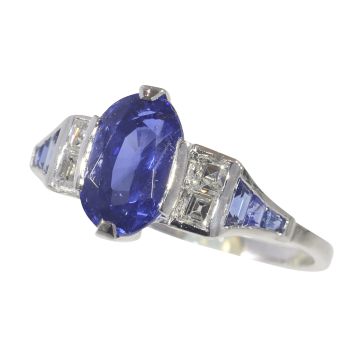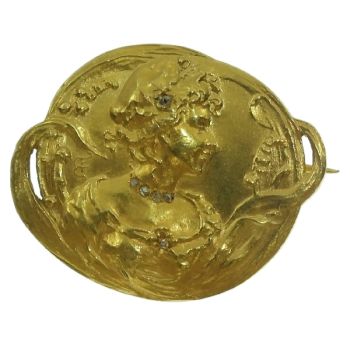Anel cruzado do final do período vitoriano com diamantes e rubi 1900
Artista Desconocido
DiamanteRubíOroPiedra preciosa
€ 3.300
Adin Fine Antique Jewellery
- Sobre la obra de arte
Antique jewelry object group: ring
Condition: very good condition
- (more info on our condition scale)
Country of origin:Although it does not carry any legible control marks we believe this to be of Belgian origin.
Style: Late-Victorian - Victorian decorative arts refers to the style of decorative arts during the Victorian era. The Victorian era is known for its eclectic revival and interpretation of historic styles and the introduction of cross-cultural influences from the middle east and Asia in furniture, fittings, and Interior decoration.
Victorian design is widely viewed as having indulged in a regrettable excess of ornament. The Arts and Crafts movement, the aesthetic movement, Anglo-Japanese style, and Art Nouveau style have their beginnings in the late Victorian era.
- See also: late-Victorianor more info on styles
Period: ca. 1900
- (events & facts of this era, poetry of this era, fashion of this era)
Material: Two tones of precious metal, the main part being 18K yellow gold and the white parts are either white gold or platinum.
- (more info on precious metals)
Diamonds:Three old brilliant cut diamonds with a total estimated weight of approx. 0.60 crt. (approx color and clarity H/K, si/i)and eight old brilliant cut diamonds with a total estimated weight of approx. 0.60 crt. (approx. color and clarity: J/L, si/i)
Note: All diamond weights, color grades and clarity are approximate since the stones were not removed from their mounts to preserve the integrity of the setting.
Total diamond weight: approx. 1.20 crt.
Precious stones: One natural ruby with an estimated weight of approx 0.70 crt (treatment unknown)
- (more info on precious stones)
Birthstones: Diamond is the birthstone (or month stone) for April and ruby for July.
- (more info on birthstones)
Hallmarks: No trace.
- (more info on hallmarks)
Dimensions: width of top of ring 2,03 cm (0,80 inch)
Weight: 3,70 gram (2,38 dwt)
Ring size Continental: 50 & 16 , Size US 5¼ , Size UK: J½
Resizing: Free resizing (only for extreme resizing we have to charge).
- (more info on ring sizes)
Reference Nº: 16077-0041
Copyright photography: Adin, fine antique jewelry
- Sobre el artista
Puede suceder que un artista o creador sea desconocido.
Algunas obras no deben determinarse por quién está hecho o por (un grupo de) artesanos. Algunos ejemplos son estatuas de la Antigüedad, muebles, espejos o firmas que no son claras o legibles, pero también algunas obras no están firmadas en absoluto.
También puedes encontrar la siguiente descripción:
•"Atribuido a …." En su opinión, probablemente una obra del artista, al menos en parte.
•“Estudio de….” o “Taller de” En su opinión, una obra ejecutada en el estudio o taller del artista, posiblemente bajo su supervisión
•“Círculo de…” En su opinión, una obra del período del artista que muestra su influencia, estrechamente asociado con el artista pero no necesariamente su alumno.
•"Estilo de …." o “Seguidor de…”. En su opinión, una obra ejecutada al estilo del artista pero no necesariamente por un alumno; puede ser contemporáneo o casi contemporáneo
•"Manera de …." En su opinión una obra al estilo del artista pero de fecha posterior
•"Después …." En su opinión, una copia (de cualquier fecha) de una obra del artista
•“Firmado…”, “Fechado…” o “Inscrito” En su opinión, la obra ha sido firmada/fechada/inscrita por el artista. La adición de un signo de interrogación indica un elemento de duda.
•“Con firma…”, “Con fecha…”, “Con inscripción…” o “Lleva firma/fecha/inscripción” en su opinión la firma/fecha/inscripción ha sido añadida por alguien que no es el artista
¿Está interesado en comprar esta obra de arte?
Artwork details
Related artworks
Artista Desconocido
A Surinam-themed Amsterdam long-case clock1746 - 1756
Precio a consultarZebregs & Röell - Fine Art - Antiques
 curada por
curada porGallerease Magazine
1 - 4 / 12- 1 - 4 / 24
- 1 - 4 / 24
- 1 - 4 / 24
- 1 - 4 / 12










